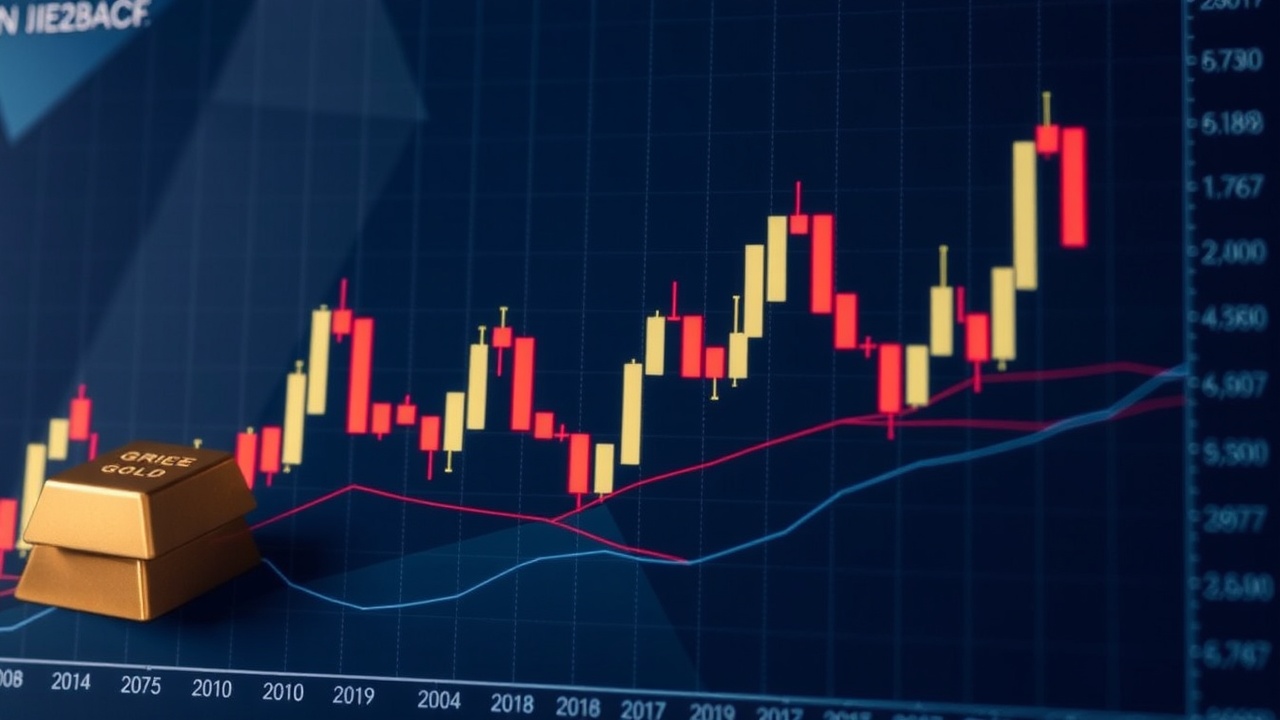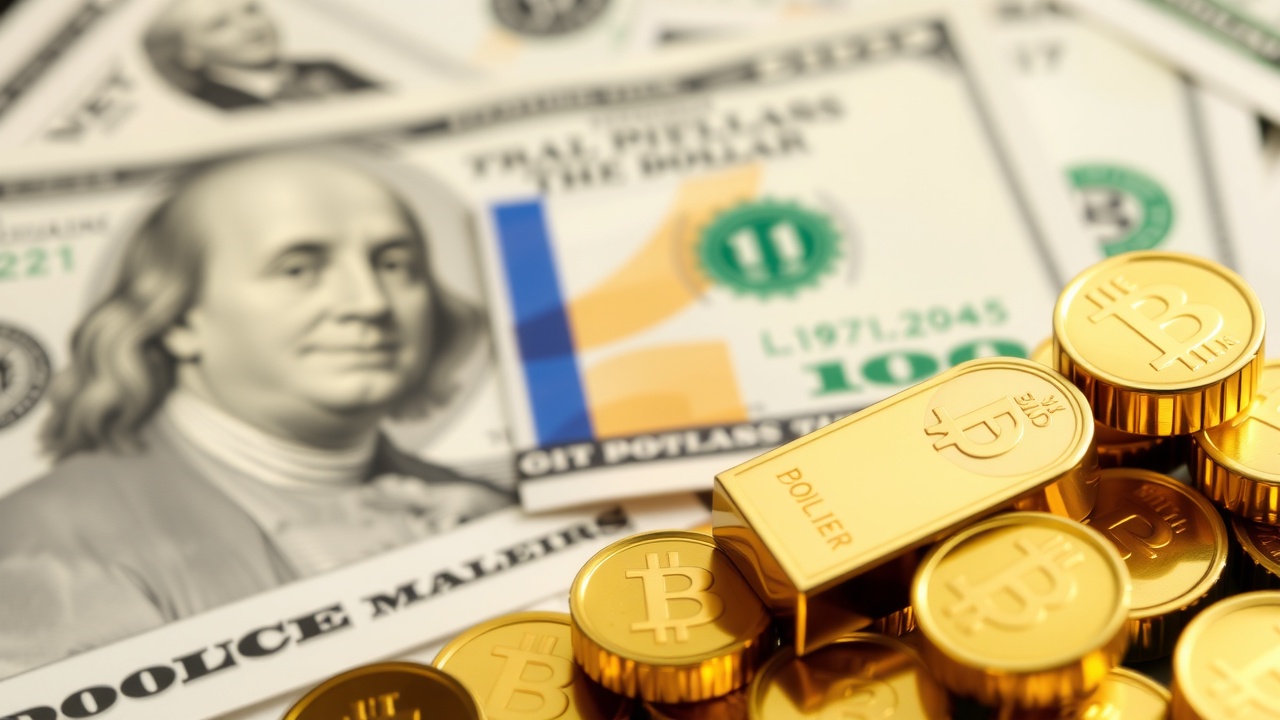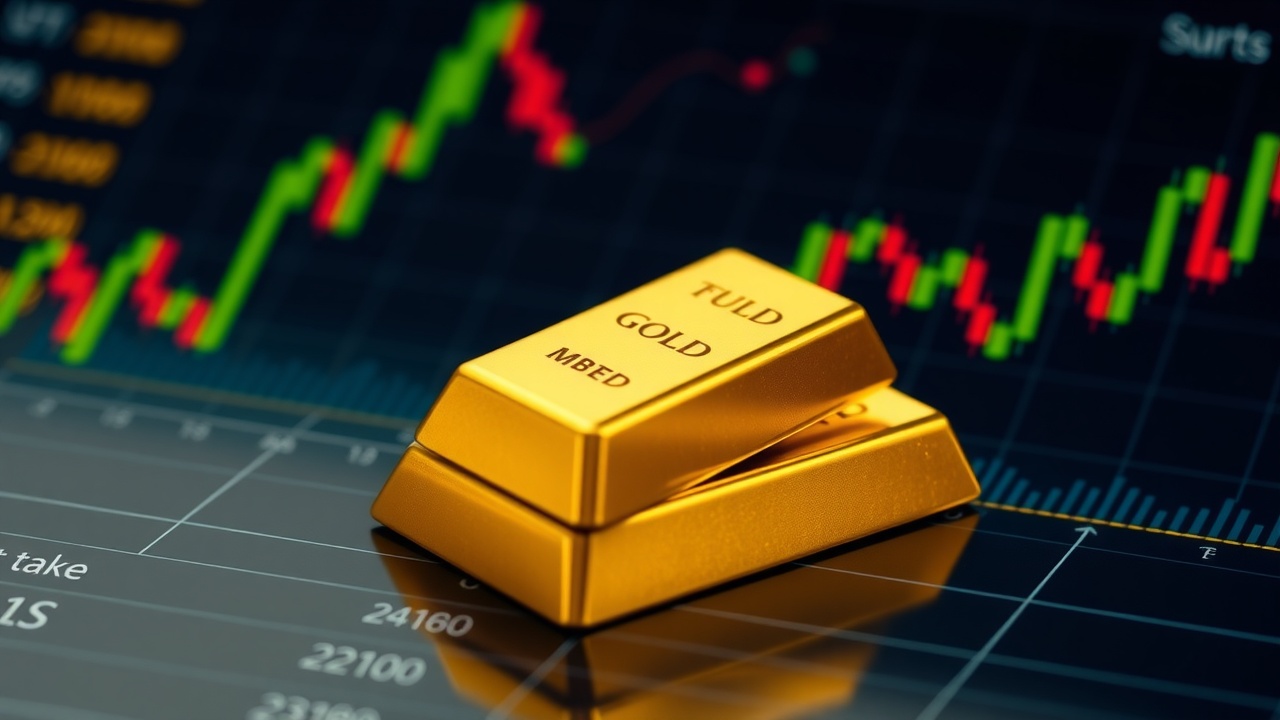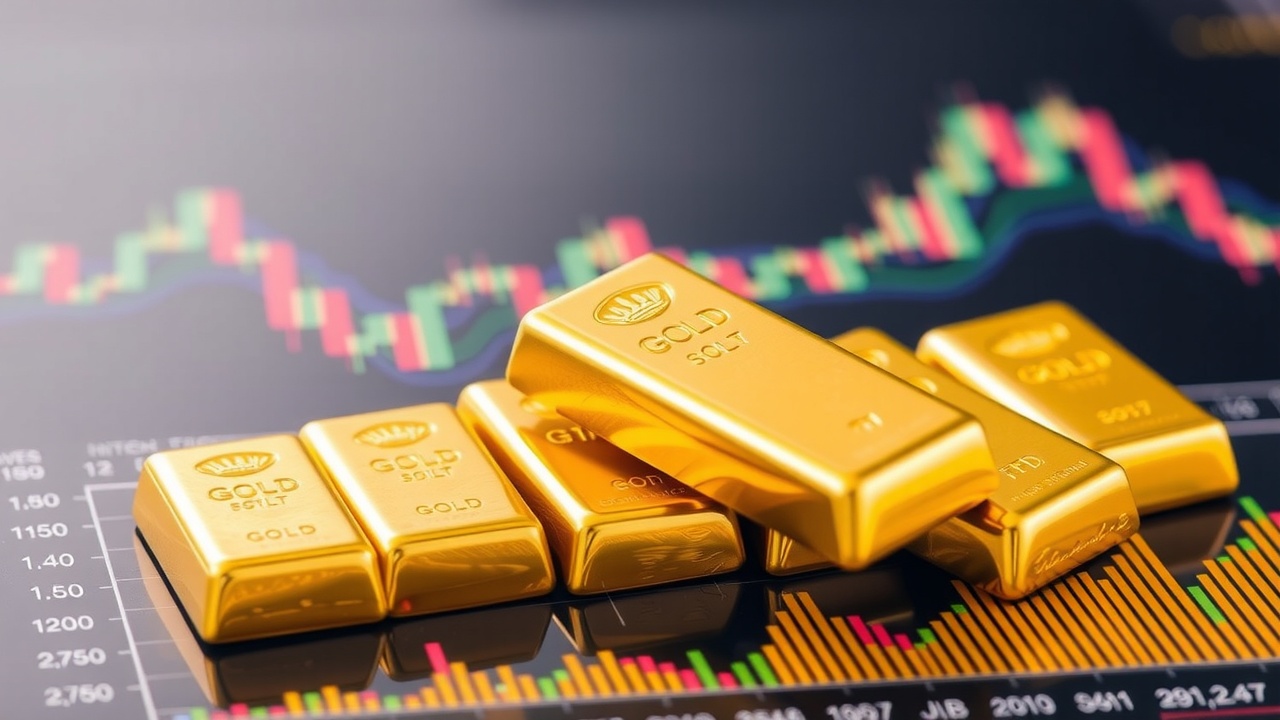
Due to investors' flight from large tech stocks and inflationary concerns sparked by Trump's tariffs, gold prices have continued to rise in 2025
Will gold surpass £3,000 soon?
In 2025, after a remarkable year in 2024, the price of gold keeps rising as the yellow metal hits all-time highs.
In the first few months of 2024, the rush to buy gold that caused its price to soar has persisted, as gold has already set several new records.
On February 20, the price of gold hit £2,954.97 after breaking through the £2,900 barrier for the first time earlier in the month. Although it has since slightly declined, gold prices are still up 10 percent this year and 44 percent over the previous 12 months as of this writing (February 21).
Prem Raja, head of the trading floor at Currencies 4 You, states that the £3,000 target is very much in sight and that investors gravitate toward safe-haven assets like gold to hedge during uncertain times.
The price of gold has risen by over 78 percent in the last five years.
Given that bars of gold bullion normally weigh 400 ounces, each bar is now worth over £1 million due to current gold prices.
President Donald Trump's announcement that he would impose 25% tariffs on steel and aluminum imports served as the impetus for gold prices to hit their most recent high.
But for weeks before that, investors were drawn to the yellow metal due to concerns about resurgent inflation. The US Fed appears to have concluded its cutting cycle in an effort to stave off resurgent prices, while interest rates in the UK decreased in February.
The price of gold, which is frequently regarded as a hedge against inflation and a safe haven asset in times of upheaval, is under additional pressure due to worries about a global trade war and growing inflation. "It's a perfect storm for gold," Monmouth Capital managing director Faisal Sheikh says. "If implemented seriously, Trump's tariffs are likely to increase uncertainty and lead to inflation, which will both boost demand for gold.
Many investors think that now is a good time to invest in gold, which is understandable given the current state of economic and geopolitical uncertainty.
Additionally, central banks have been purchasing gold, particularly in nations like China and Russia, which has contributed to the price increase. The metal is also being utilized more and more in other fields, such as artificial intelligence (AI) and nanotechnology, as well as in cancer treatment and the fight against malaria.
We examine the causes of the global gold rush in greater detail before examining whether further increases are imminent.
Why is the price of gold increasing?
Interest rates, central bank purchases, and geopolitical uncertainty are the three main drivers of the gold price increase since 2024.
The price of gold has historically performed well when interest rates decline.
This is because, in times of economic stagnation, central banks usually lower interest rates in an effort to spur growth. Gold can be a good hedge during times like these, when stock markets typically struggle.
According to Josh Saul, CEO of The Pure Gold Company, "gold, which pays no interest, becomes more attractive in a low interest environment."
The Fed's rate-setting choices have a greater influence on the price of gold than those of other policymakers, such as the Bank of England.
Juan Carlos Artigas, global head of research at the World Gold Council, claims that last year "Western investors flocked back to gold as central banks started cutting interest rates."
The price of gold is also rising as a result of central banks' unprecedented purchases from developing nations like China and India as a hedge against the fragmentation of the world economy.
"Central banks have significantly increased their gold purchases, especially in countries like Russia, China, India, and Turkey, reflecting growing mistrust in the US dollar," says Anita Wright, an independent financial adviser at Bolton James. The nations' increased de-dollarization efforts are contributing to this trend.
Artigas claims that "the role that gold plays as a long-term store of value, as a diversifier, its performance in times of crisis, and the fact that it does not carry credit risk are all reasons why the importance of gold in foreign reserves is well recognized."
For the third consecutive year, central banks bought more than 1,000 tons of gold in 2024.
Louise Street, senior markets analyst at the World Gold Council, writes, "We expect central banks to remain in the driving seat in 2025 and gold ETF investors to join the fray, especially if we see lower, albeit volatile, interest rates."
A pilot program in China that permits the nation's insurers to purchase gold for the first time may increase demand for the metal. According to Minsheng Securities Company's estimate, which Bloomberg cites, this could increase market demand for gold by about £27 billion.
In addition to interest rates, other global factors are also influencing the price of gold. Investors frequently turn to the yellow metal during times of conflict in an effort to avoid market shocks because it is regarded as a safe-haven asset.
"The war in Ukraine is still unwinnable and tensions in the Middle East are still high, even though the truce in Gaza is currently holding," Susannah Streeter, head of money and markets at Hargreaves Lansdown, says.
The demand for gold is naturally increasing given the geopolitical environment and Trump's seeming resolve to sabotage international trade as much as possible.
What effect has DeepSeek had on the price of gold?
On January 27, a Chinese generative AI start-up called DeepSeek shocked the stock market, especially the Magnificent Seven, by claiming that it could beat OpenAI's ChatGPT without using powerful GPUs and after spending less than £6 million on its final training run.
Seeking safer investments, investors stayed away from the large tech stocks.
As gold approached a new high on January 30, Streeter stated, "The gyrations on stock markets, caused by progress made by Chinese AI rival DeepSeek, which has potentially threatened the dominance of Silicon Valley, may also have helped golds glittering run upwards this week."
Will the gold trend continue?
Although it's never possible to foresee the future with absolute certainty, there are indications that the gold market may continue to rise this year.
"According to market consensus, the Fed will implement 100 basis point rate cuts by year's end, with inflation remaining above target but softening," Artigas says. "As things settle down, the US dollar is predicted to stay unchanged or even weaken, while global growth is still positive but still growing below trend.
"The Fed's actions and the trajectory of the US dollar will remain significant factors influencing gold in this context.
He does, however, add that a number of broader factors, such as economic expansion, risk, opportunity costs (especially when compared to bond investments), and momentum, are at play and affect the price of gold.
The World Gold Council and Artigas predict that the price of gold will be "rangebound, with slight upside" in 2025 after accounting for all of these factors.
The bullishness of other observers is less hesitant. By the end of 2025, according to Goldman Sachs' gold price forecast, the yellow metal will have surpassed the £3,000 mark.
In the same vein, AuAg Funds founder and CEO Eric Strand stated in the HANetfs 2025 outlook that the inflationary cocktail will push the price of gold above £3,000 throughout the year, and possibly as high as £3,300.
With a longer time horizon, gold prices may surpass the £3,000 mark. Raja states, "We will have to re-assess once £3,000 has been breached." "Although £4000 is a fantastic long-term goal, the first goal must be accomplished first.
Methods to promote gold.
There are three primary methods for gold investment. Purchasing the metal itself through a financial arrangement, like an exchange-traded product, is the first option. For more details, read our post on the top gold exchange-traded funds.
Investing in the miners who extract gold from the earth is another way to gain indirect exposure. You can accomplish this by purchasing their shares directly or by purchasing an investment trust or gold fund.
Finally, you can purchase actual gold coins or bars.
Tom Stevenson, the investment director of personal investing at Fidelity International, advises that a portfolio should contain 510% gold, which is roughly equivalent to what one might hold in cash.
He remarks, "The two provide dry powder and insurance to supplement the growth and stability of the shares and bonds that make up the bulk of a balanced portfolio."
Streeter warns that gold prices can rise or fall, just like any other investment.
She claims that although gold has "frequently increased during periods of economic or political crisis," it also has a history of losing its luster. It took more than twenty-three years to return to its peak in 1983 following a productive run in the 1970s and early 1980s.
Because of its volatility, gold should typically only be a small part of a diversified investment portfolio.














Leave a comment on: Could the price of gold rise further after reaching a new high in 2025?